Cisco Partner Summit 2022: CEO Chuck Robbins’ Top 5 Quotes
‘We’ve got stuff going on in the cloud marketplaces that we didn’t have before, we’ve got partners delivering as-a-service today, we’ve got the new SASE [Cisco Plus] offer out in the marketplace. There’s a few things we definitely still need to do, but there’s an awful lot of offers that are out there today for customers,’ Cisco CEO Chuck Robbins said during the summit this week.
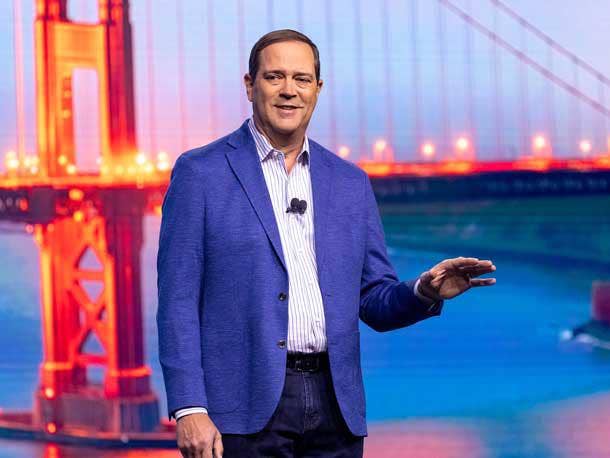
For The Record
Energy ran high at this year’s Cisco Partner Summit as the tech giant came together with partners for the first time in-person since the start of the pandemic. And there were a couple of big-ticket items on everyone’s mind.
Cisco has been on a transformational journey, moving away from hardware and into more software, services, and recurring revenue in recent years. But there’s no denying that the supply chain has affected Cisco and the rest of the tech industry over the last two years. Those challenges in getting gear has trickled into Cisco Plus, the company’s everything as a service (XaaS) push as these offers, while consumption-based and finically attractive to customers, still require hardware.
At the same time, Cisco is leaning on its partners to come to the table with managed services offers, and business is good for these partners. Customers are demanding these bundled solutions because they are looking for business outcomes, and partners are looking for Cisco’s help to scale their managed services practices.
Cisco CEO Chuck Robbins sat down with press and analysts at Cisco Partner Summit 2022 for a candid conversation around some of the biggest trends hitting the tech industry, including sustainability, the groundswell of demand around full-stack observability, and why XaaS is still a priority for the tech giant despite macro trends that are acting as headwinds.
Here’s what Robbins had to say this week at the event in Las Vegas.
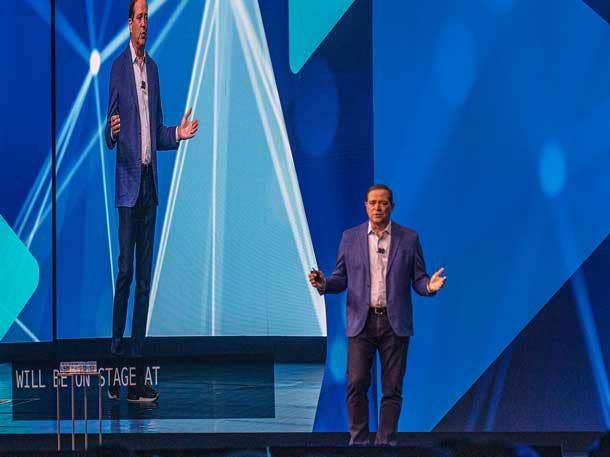
On Cisco Plus
Robbins acknowledged the ongoing supply chain and the impact that it’s had on getting Cisco gear into the hands of customers, but stressed that despite those challenges, Cisco Plus was still a priority for the company because customers are looking for new ways to buy IT.
“It is a priority. I did my board meeting virtually from Vegas [this week] and this is a big topic of conversation for us. It’s something that we’re very focused on, because a couple of things that have happened. Number one, the supply chain absolutely hurt us in our ability to get even the equipment out there that is part of the as a service offers. And then we also realized we weren’t as operationally ready. And so, I think over the next 6 to 12 months, you’ll see a lot of progress on this front.”
“Customers are looking for different ways. The cost of capital has just gone nuts — it’s insane how fast it’s changed. Even things like in our M&A work. You look at some deals that looked fantastic six months ago. And now you look at the cost of capital that you have to layer in and the interest expense on the capital to actually do the deal, and deal that [once] looked good doesn’t look good at all anymore. But the underlying asset is incredible. I want to be very clear. I am not prognosticating as to what the future might hold because things could get worse. I just feel like if we had seen anything, any one thing that we’ve seen over the last three years, a decade ago, it would have resulted in a serious shift, and we just haven’t felt that.”
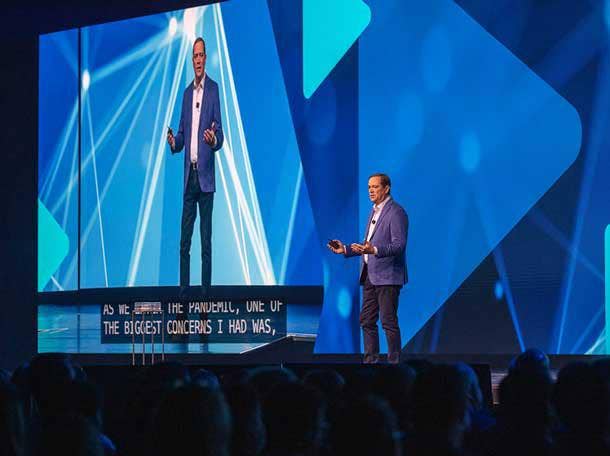
On Partner Managed Services
In addition to Cisco Plus, which is just getting off the ground with its recently introduced Hybrid Cloud and Secure Connect offers, Cisco is already – and has been – doing everything as-a-service by extension, through its partners, Robbins said.
“We still have a ton of offers out of the marketplace today that are as-a-service, but through our partners. If you look at the success of the Meraki platform, and now we’re rolling Catalyst into it, we’re going to look at future models because today even with Meraki, you buy the hardware and then you pay a monthly subscription for the management fee; we’re looking at models where you just pay a subscription fee, and everything‘s included. There’s a lot of commercial stuff as well. We’ve got stuff going on in the cloud marketplaces that we didn’t have before, we’ve got partners delivering as-a-service today, we’ve got the new SASE [Cisco Plus] offer out in the marketplace. There’s a few things we definitely still need to do, but there’s an awful lot of offers that are out there today for customers.”
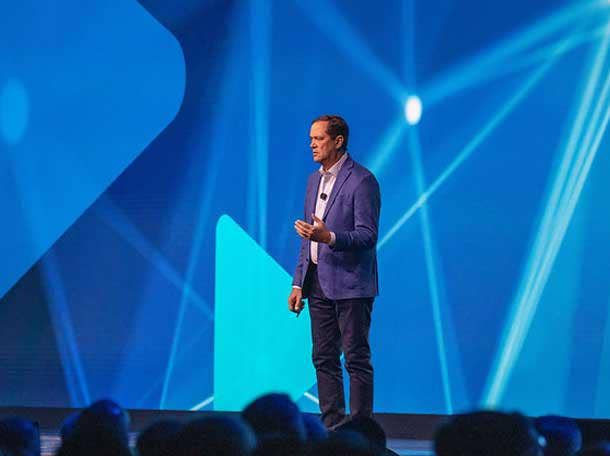
On Customer Readiness For XaaS And Managed Services
Robbins talked about the importance of customers realizing the value from the solutions they are buying from partners today and how Cisco can help partners sell the value of XaaS and managed services while scaling these businesses.
“I think one of the problems is, when customers say [XaaS], they all mean something different. So, it’s very difficult, because the only way to scale a business like this is to deliver standard offers, or you deliver technology to partners who build unique managed services, and then customers can decide. Bringing [networking and mass scale infrastructure] together with Jonathan [Davidson, executive vice president and general manager of Cisco Networking], with [Davidson’s] service provider background and his understanding of service delivery, I think you‘re going to see the portfolio evolve quickly to be much more conducive to manage services with our partners, because the partners have been taking our technology that we’ve built to sell in a net 30 standalone way and leveraging it — and we‘ve been we’ve done some stuff to help them — but I think I think he will accelerate that strategy as we go forward.”
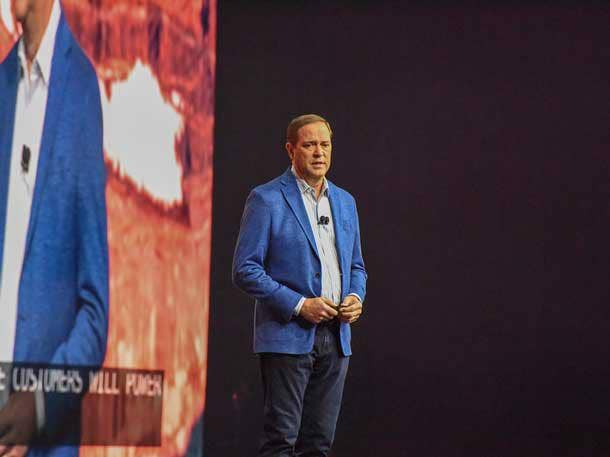
On Observability
Robbins agreed to the comparison between the security market several years ago to where the observability space is now in terms of what customers are looking for: consolidated solutions for full stack observability.
“I think this part of the market has learned from the problems with security. That’s why [there’s] all the discussion around building [universal data platforms] UDPs and then there’s got to be abstraction layer up front. We’re going to give unique insights that are different than because we see different things [compared to] another player. I had to tell our teams: ‘Stop talking about full stack observability like it’s a single market; like it’s six things you build.’ We have security intelligence that people don’t have. We have application performance monitoring capabilities that other people don’t have. If you bring all that together, we actually have a unique set of insights. But I think ultimately, the industry has to commit to a common set of standard APIs, for lack of a better term, so that the customer can actually make sense of it.”
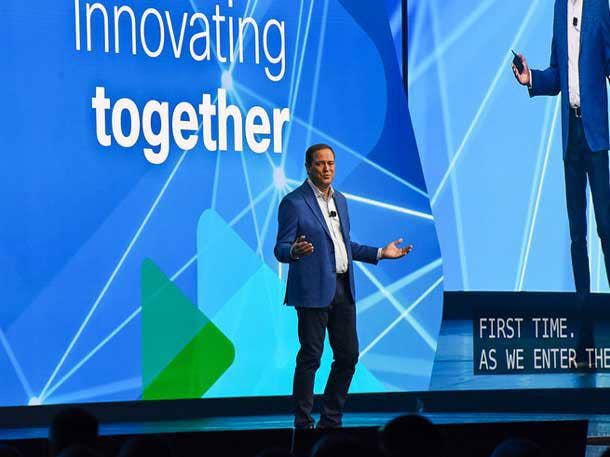
On Sustainability
Channel partners are changing their business models to include new priorities, like social impact and sustainability. Robbins talked about how Cisco is helping partners meet these new requirements and why it’s important to the tech giant.
“I have one-on-ones with certain partners periodically during the year and a couple of partners in Europe are building practices around sustainability. I was in France meeting with [Emmanuel] Macron’s right-hand person and he pointed out to me: “This whole shift, and the climate crisis and actually solving this problem and sustainability is going to be really good for you guys.” I hadn’t thought about it quite that way. When you really think about the amount of technology that is going to be involved in actually solving this and as customers begin to build more … when you when you go into you‘re competing for a deal on cloud infrastructure, assuming our technology is good — which is proven to be so given how much business we’ve taken in the last three years — that power consumption becomes the determining factor of who they choose. And increasingly, we see partners in our customers that are including aspects of all of this as part of the purchasing criteria. And we’re building practices and specializations around for some parameters.”